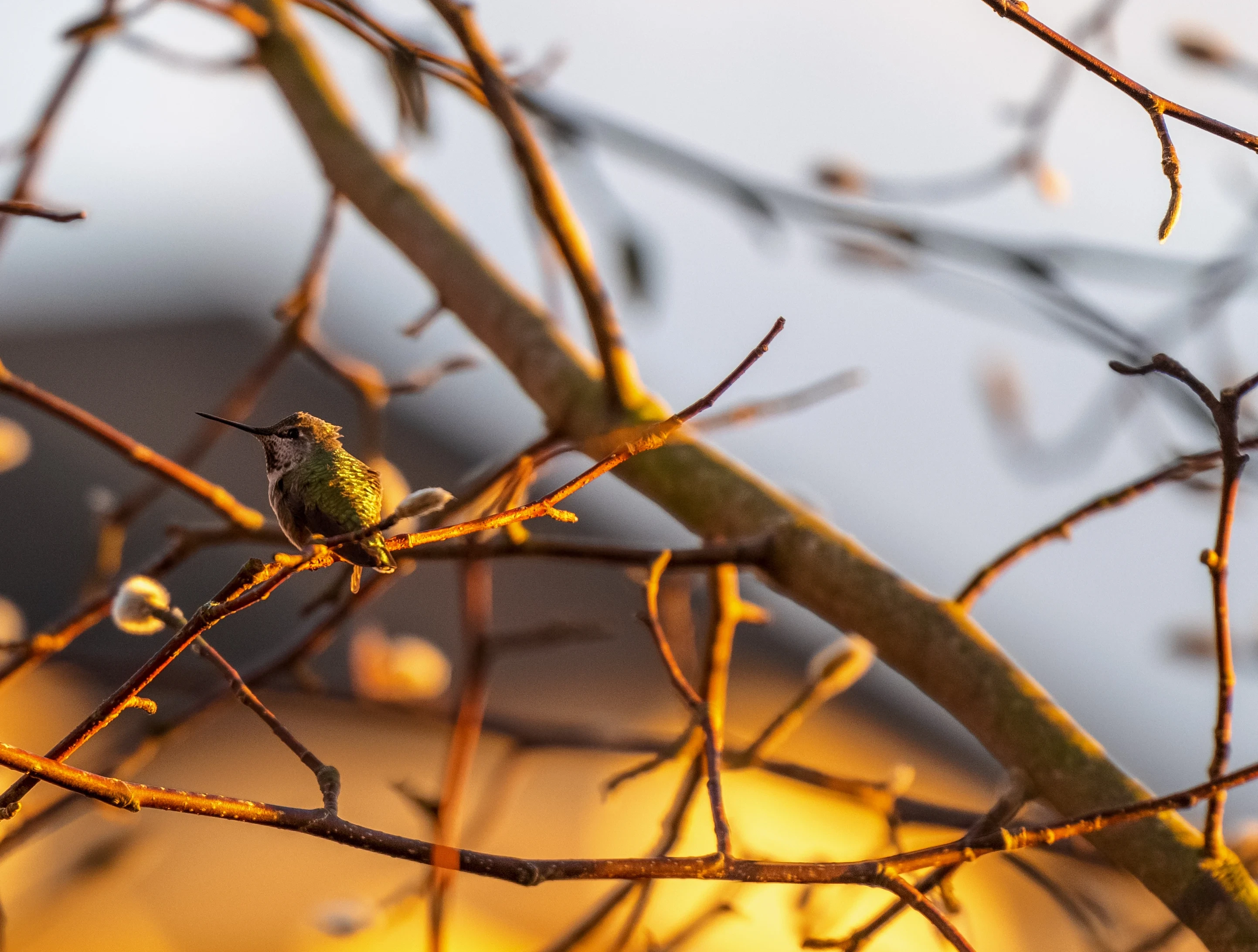
Posted March 1st 2022
What Are the Biggest Threats to Birds in North America?
If you’ve stopped by our blogs before, you might be familiar with our mission to prevent window collisions. After all, next to cats, window collisions are the biggest culprit of bird deaths in North America—and we’re thrilled to see our customers do their part!
But you don’t have to stop at your windows! Whether you’ve purchased your own set of residential or commercial window markers, contacted us for a large-scale design, or have been working tirelessly to protect birds in your municipality, there are many ways that we can continue supporting birds this spring. And, as we wait for spring to arrive, and for migratory birds to return home, we want to help bird lovers recognize the various risks that birds face both on the ground and in the skies.
Today, we’re covering some of the top threats that birds face, and what you can do to prevent them.
You’ve Installed Your Window Deterrent Markers—Now What?
Whether you’re waiting for the right installation temperature or have had your window markers installed for a few years, you might be wondering what else you can do to protect birds. Well, you’ve come to the right place!
Aside from window collisions, there are several other factors that affect bird populations worldwide:
- Climate Change: The breeding, nesting and migratory patterns of birds are closely related to seasonal temperatures and habitat availability. As climate change continues to affect temperatures worldwide, bird species are directly affected by changing food availability. An article by Nature Canada points out that rising temperatures can cause certain insect populations to rise outside of peak nesting/breeding seasons, which makes it difficult for birds to reproduce, therefor causing future generations to decline.
- Pesticides: Even if you don’t spray pesticides on your lawn or in your yard, did you know that chemical pesticides are found in everything from paint to flea collars? HWW points out that pesticides are not nearly as selective as they claim, which makes them deadly to not only invasive species, but also native ones, too. Unfortunately, many birds that encounter harmful pesticides will die from ingesting or simply touching the poison, which targets vital processes and organs in living things.
- Invasive Species: According to the National Wildlife Fund, issues caused by invasive species directly impact 42% of already-endangered species. In addition to competing for resources and habitats, invasive species can also carry diseases that infect foliage, animals and even humans. Examples of invasive species include Dutch Elm disease, fire ants, feral pigs, and insects (like mosquitos). And while some species seem harmless at first glance, they can poison, attack, and even drive out native bird species by depleting resources, spreading diseases, and more.
How Can You Help the Birds?
In addition to outfitting your windows with Feather Friendly® window markers, you can support bird populations world-wide through constant and continual efforts. Here are a few ways you can support birds and address key issues like climate change, pesticide use, reduce the impact of invasive species:
- Plant native plants and use a bird feeder: Help support your local birds by using species-specific bird food, and plant native vegetation. Planting native plants and installing a feeder can provide birds with greater resources to survive. This is especially critical in areas where habitat loss may make food and shelter scarce.
- Sign a petition: Supporting local initiatives that address climate change can help raise awareness at every level of government.
- Reduce your waste: Whether it’s skipping take out, purchasing cloth bags, advocating for greener practices in the workplace, such as carpooling or omitting Styrofoam coffee cups, these small changes can help keep your city clean.
- Avoid pesticide use: if you must use a pesticide, be sure that the label indicates species that it does not target so that you can be sure its ingredients will not poison local flora and fauna.
- Prevent the spread of invasive species: Learn about invasive species in your area and what you can do to limit their spread! Talk to local experts about what plants to plant, keep cats indoors, and find out how you can report sightings of invasive species, too.
Don’t Forget the Windows!
Our feathered friends sure put up with a lot! From flying thousands of miles without food or rest to outsmarting predators, there’s a lot a bird must do to survive. At Feather Friendly, we’re committed to helping birds everywhere stay safe no matter where they’re headed. So, support birds in your neighborhood by purchasing a DIY kit today!
Partners
We are honoured to form partnerships with organizations who demonstrate
an ongoing commitment to bird conservation.



